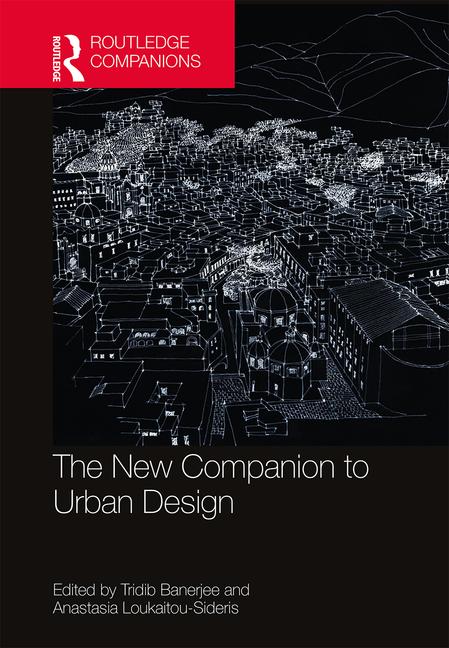In recent years the steady flow of immigrants from other lands and cultures has greatly increased social pluralism (points of view, values, and needs) in cities across Europe, creating new challenges for urban design and urban planning. This chapter examines the immigrant influx from a thematic viewpoint – namely, the placement and construction of buildings of a religious nature – and from the specific geographical viewpoint of Italy. In this country, the provision of proper places of worship for some immigrant groups has become an increasingly pressing problem, as it has triggered heated conflicts in numerous Italian cities ( Triandafyllidou 2002 ). Accordingly, the chapter first presents the Italian case and then offers suggestions on how to rethink urban design and urban planning as a means for responding to this emerging issue.
Moroni S., Chiodelli F., Porqueddu E., Botta A. (2019) “Immigrants, mosques, and religious pluralism. Challenges for urban design and planning”. In: T. Banerjee, A. Loukaitou-Sideris (eds.) The New Companion to Urban Design. Routledge, London and New York
Summary of the book
The New Companion to Urban Design continues the assemblage of rich and critical ideas about urban form and design that began with the Companion to Urban Design (Routledge, 2011). With chapters from a new set of contributors, this sequel offers a more comparative perspective representing multiple voices and perspectives from the Global South.
The essays in this volume are organized in three parts: Part I: Comparative Urbanism; Part II: Challenges; and Part III: Opportunities. Each part contains distinct sections designed to address specific themes, and includes a list of annotated suggested further readings at the end of each chapter.
Part I: Comparative Urbanism examines different variants of urbanism in the Global North and the Global South, produced by a new economic order characterized by the mobility of labor, capital, information, and technology.
Part II: Challenges discusses some of the contemporary challenges that cities of the Global North and the Global South are facing and the possible role of urban design. This part discusses spatial claims and conflicts, challenges generated by urban informality, explosive growth or dramatic shrinkage of the urban settlement, gentrification and displacement, and mimesis, simulacra and lack of authenticity.
Part III: Aspirations discusses some normative goals that urban design interventions aspire to bring about in cities of the Global North and the Global South. These include resilience and sustainability, health, conservation/restoration, justice, intelligence, access and mobility, and arts and culture.
The New Companion to Urban Design is primarily intended for scholars and graduate students interested in cities and their built environment. It offers an invaluable and up-to-date guide to current thinking across a range of disciplines including urban design, planning, urban studies, and geography.

